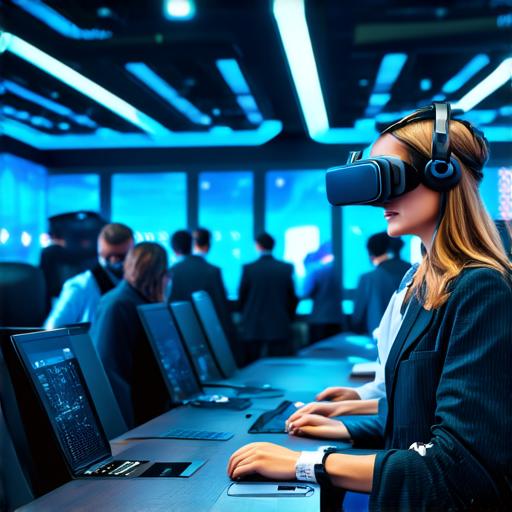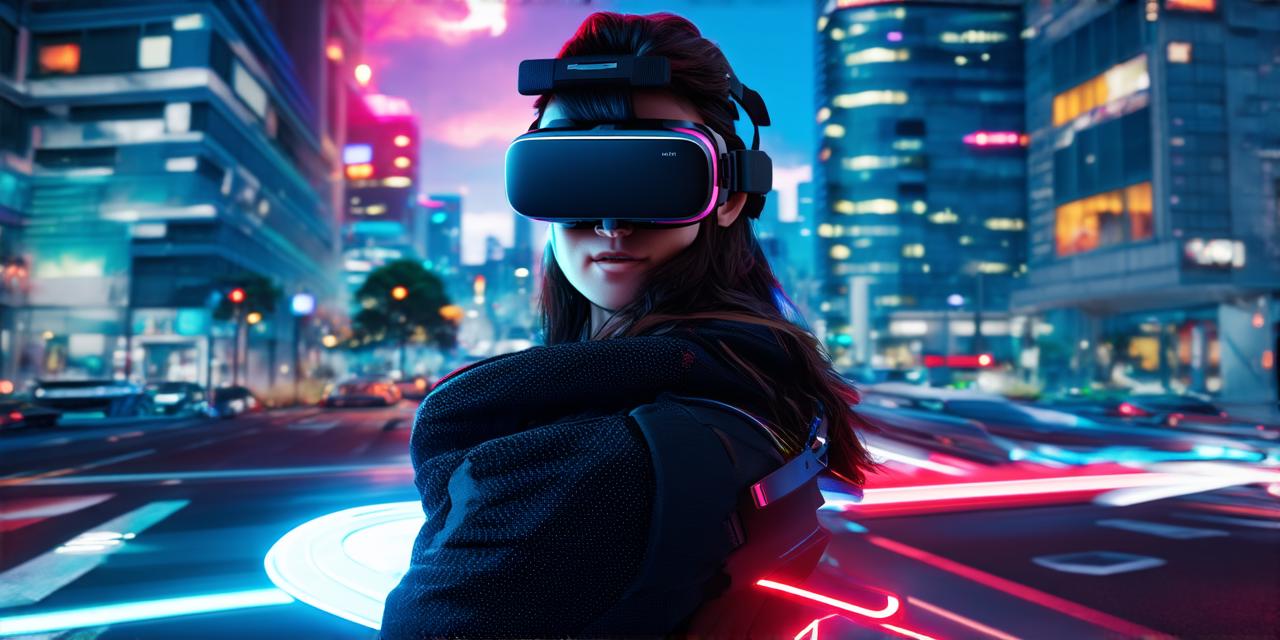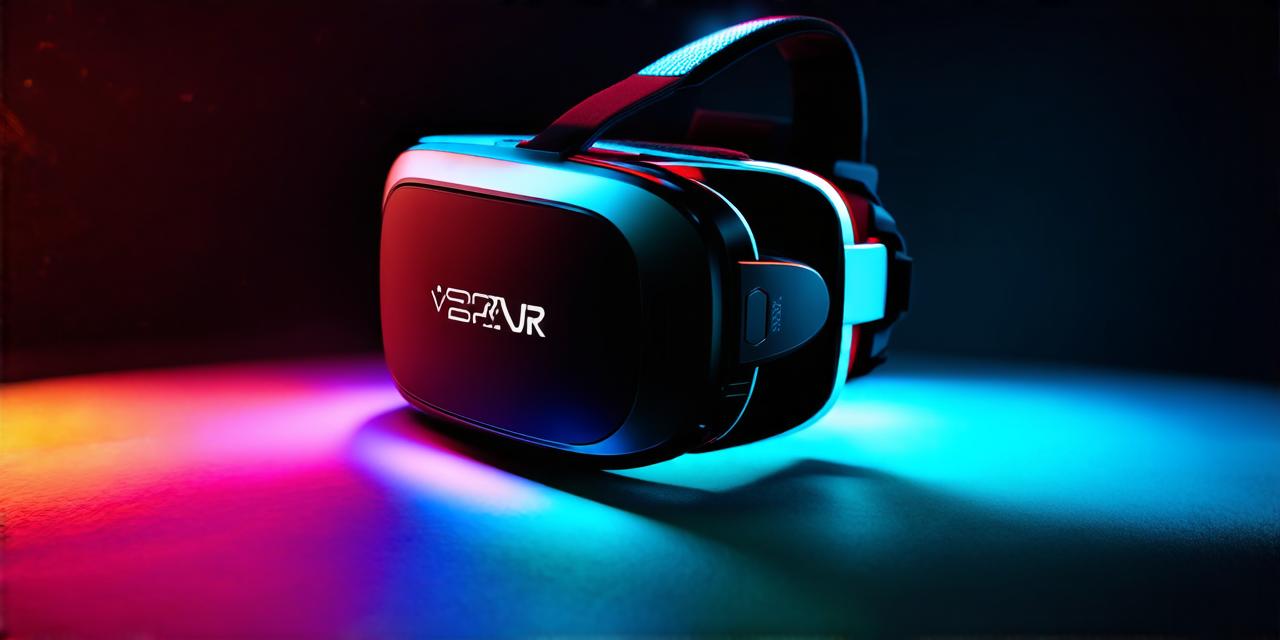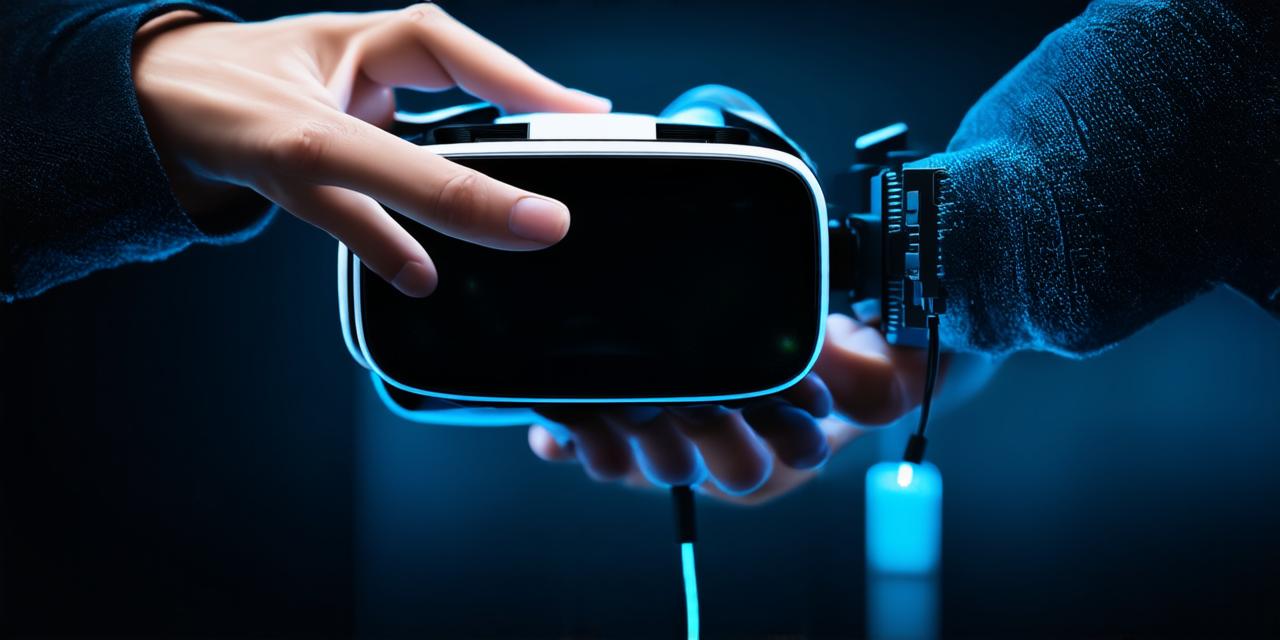Immersive Training Experiences
One of the key advantages of VR is its ability to create highly immersive training experiences. By placing users in a simulated environment, VR allows them to practice skills and perform tasks in a safe and controlled setting. This can be particularly useful for AR developers, who may need to work with complex software or hardware that requires specialized knowledge and training.
For example, the construction industry has already begun to embrace VR for training purposes. Workers can use VR simulations to practice operating heavy machinery or working at heights, without putting themselves or others at risk. This not only improves safety, but also allows workers to develop their skills more quickly and efficiently.
Enhanced Visualization and Collaboration
Another benefit of VR for AR developers is its ability to enhance visualization and collaboration. By allowing users to interact with a 3D environment, VR can provide a more realistic and engaging way to visualize complex data or designs. This can be particularly useful for AR applications that require 3D modeling or simulation, such as architecture or engineering.
Moreover, VR can facilitate collaboration between team members by allowing them to work together in the same virtual space. This can be especially helpful for remote teams or teams working in different locations. For example, a design team could use VR to collaborate on a new AR app, with each member able to view and interact with the same 3D models and designs in real-time.
Improved Accessibility and User Experience
Virtual reality can also improve accessibility and user experience for AR applications. By providing a more immersive and engaging environment, VR can make it easier for users to interact with AR content and understand how it works. This can be particularly useful for AR apps that are designed to educate or entertain users, such as games or virtual tours.
For example, the museum industry has already started using VR to enhance user experience at their physical locations. Users can take virtual tours of museums, explore exhibits in 3D, and interact with artifacts in a more engaging way than traditional museum displays. This not only improves accessibility for users with disabilities, but also encourages repeat visits and increased engagement.
Potential New Revenue Streams
Finally, virtual reality can open up new revenue streams for AR developers. By creating VR experiences that are compatible with AR devices, developers can reach a wider audience and monetize their content in new ways. This can be particularly useful for developers who are looking to expand their reach beyond traditional app stores or marketplaces.
For example, the entertainment industry has already started using VR to create new revenue streams. Movie studios have created VR experiences that allow users to step into their favorite movies and interact with the characters and environment in a more immersive way. This not only provides a unique and engaging experience for users, but also allows movie studios to monetize their content in new ways.

FAQs
1. How does VR enhance AR development?
Virtual reality can enhance AR development by providing immersive training experiences, enhancing visualization and collaboration, improving accessibility and user experience, and opening up new revenue streams.
2. What are some examples of how VR is being used in the construction industry?
The construction industry is using VR for training purposes, such as practicing operating heavy machinery or working at heights, without putting themselves or others at risk.
3. How does VR enhance collaboration and visualization in AR development?
VR can facilitate collaboration between team members by allowing them to work together in the same virtual space and provide a more realistic and engaging way to visualize complex data or designs.
4. How does VR improve accessibility and user experience for AR applications?
Virtual reality can improve accessibility and user experience by providing a more immersive and engaging environment, making it easier for users to interact with AR content and understand how it works.
5. What are some examples of how VR is being used in the museum industry?
The museum industry is using VR to enhance user experience at their physical locations, such as taking virtual tours of museums and exploring exhibits in 3D.
Summary
In conclusion, virtual reality has the potential to greatly benefit AR development by providing immersive training experiences, enhancing visualization and collaboration, improving accessibility and user experience, and opening up new revenue streams.




